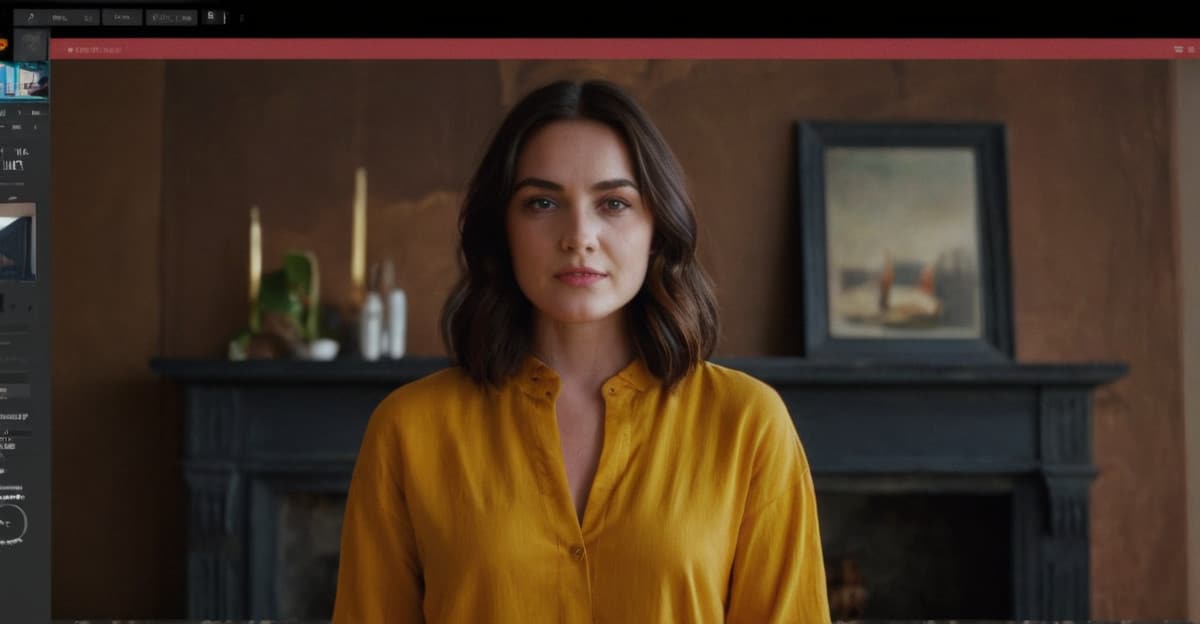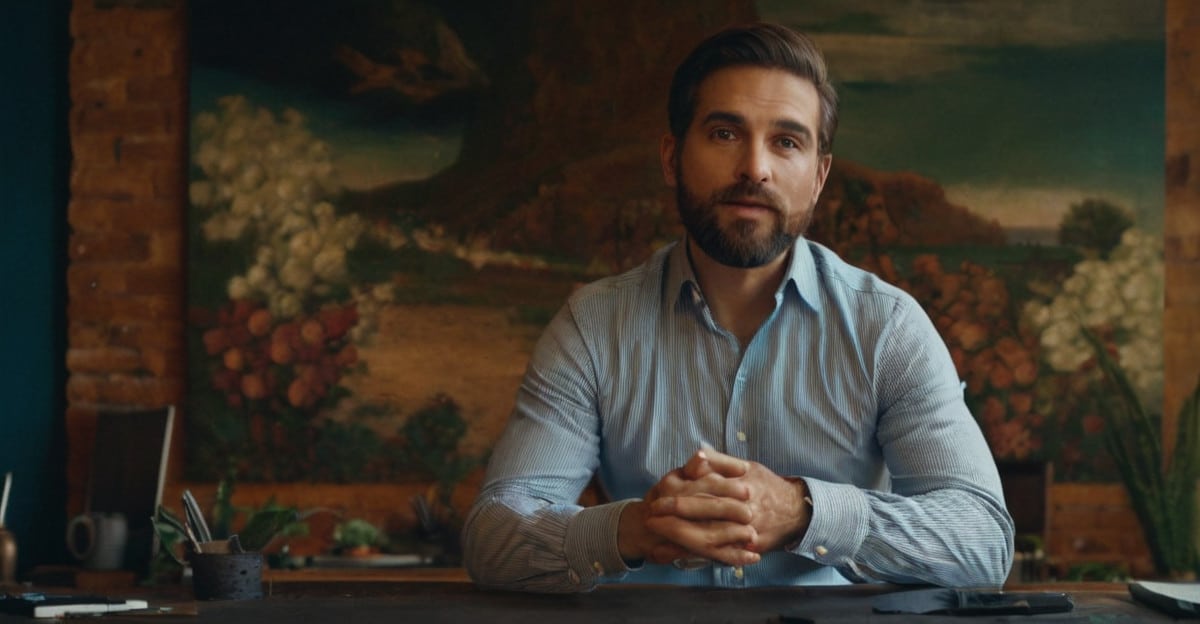
Introduction
**Navigating the world of freelance artistry** can be quite the challenge, especially when the market is saturated with talented individuals. But don’t let this discourage you. With a well-crafted portfolio, you can stand out from the crowd and attract the attention you deserve. This article will guide you through the essential steps to **make your freelance artist portfolio shine**.
Understand Your Unique Selling Proposition (USP)
**Identifying your Unique Selling Proposition (USP)** is the first step to standing out. What makes your art different from others? Is it your style, your medium, or perhaps a unique technique? Once you’ve pinpointed your USP, emphasize it throughout your portfolio. This not only helps in establishing your brand but also makes it easier for potential clients to remember you.

Curate Your Best Work
**Quality over quantity** should be your mantra. Instead of flooding your portfolio with every piece of art you’ve ever created, **select your best work**—the pieces that showcase your skills and creativity the most. This will ensure that your portfolio leaves a strong impression on anyone who views it.
Showcase a Range of Skills
While it’s important to focus on your best work, it’s equally essential to **showcase a variety of skills**. If you’re proficient in multiple mediums or styles, demonstrate this in your portfolio. This not only shows your versatility but also increases your appeal to a broader range of clients.
Provide Context for Your Work
**Context is crucial** in helping potential clients understand your art. For each piece in your portfolio, provide a brief description that explains the concept, the medium used, and any other relevant details. This adds depth to your work and helps clients see the thought and effort behind each piece.

Optimize Your Portfolio for SEO
To ensure your portfolio gets noticed, it’s essential to **optimize it for SEO**. Use relevant keywords throughout your portfolio, including in image alt texts and descriptions. This will help improve your visibility on search engines, making it easier for potential clients to find you.
Use High-Quality Images
**High-quality images** are non-negotiable in a portfolio. Ensure that all your artwork is photographed or scanned in high resolution. Blurry or pixelated images can detract from the quality of your work and leave a poor impression.
Create a User-Friendly Website
**Your portfolio website should be easy to navigate**. Use a clean and simple layout that allows visitors to focus on your art without distractions. Ensure that your contact information is easy to find, and consider adding a blog or news section to keep visitors engaged with regular updates.
Leverage Social Proof
**Social proof can significantly boost your credibility**. Include testimonials from previous clients, links to positive reviews, and any awards or recognitions you’ve received. This helps build trust and reassures potential clients of your professionalism and talent.
Keep Your Portfolio Updated
**Regularly update your portfolio** with new work. This not only shows that you’re actively creating but also keeps your portfolio fresh and relevant. Aim to add new pieces at least once every few months.

Conclusion
**Standing out in a saturated market** is no easy feat, but with a well-crafted portfolio, you can make a significant impact. Focus on your unique strengths, showcase a variety of skills, provide context for your work, and ensure your portfolio is optimized for SEO. By following these steps, you’ll be well on your way to attracting the clients and opportunities you deserve.






